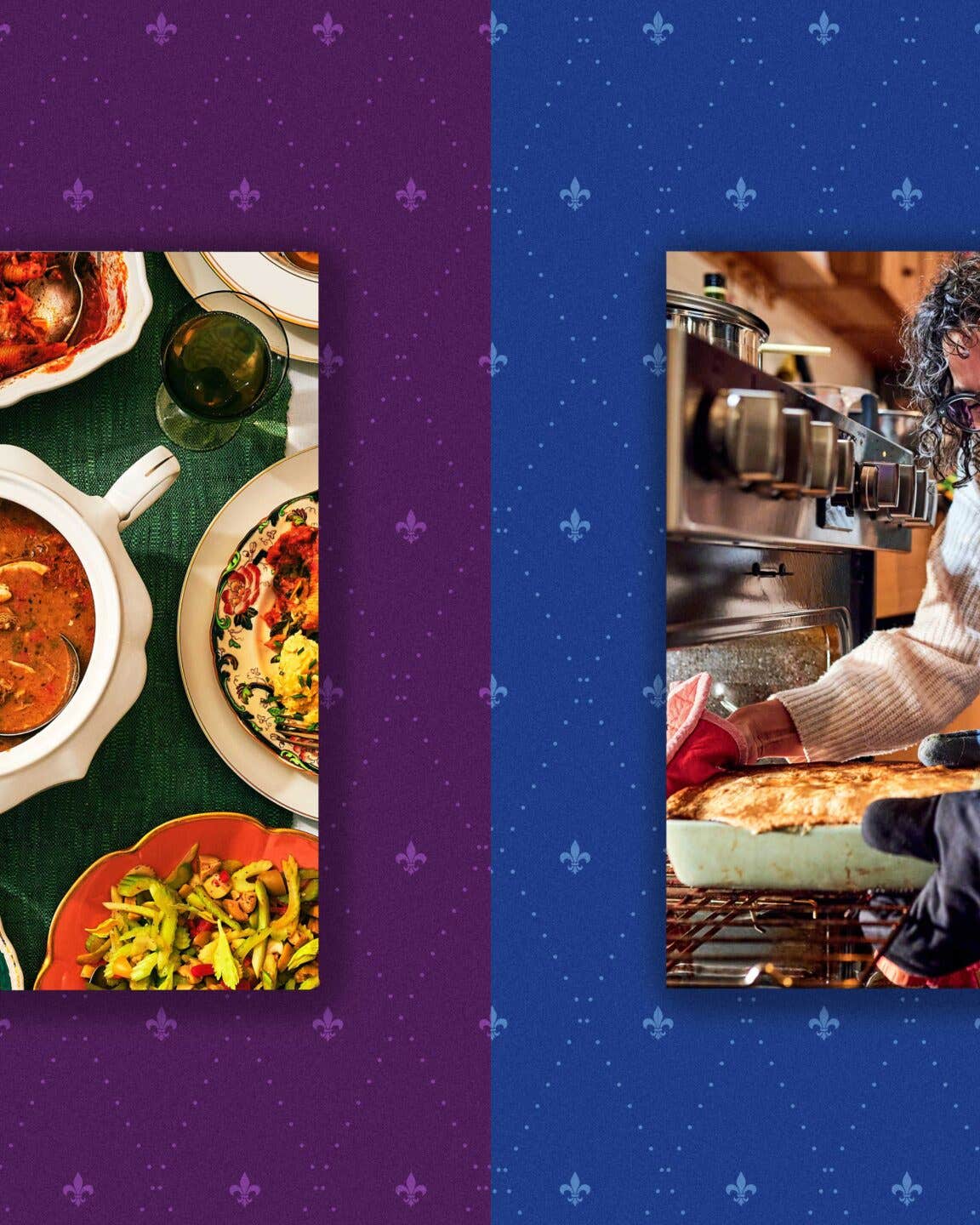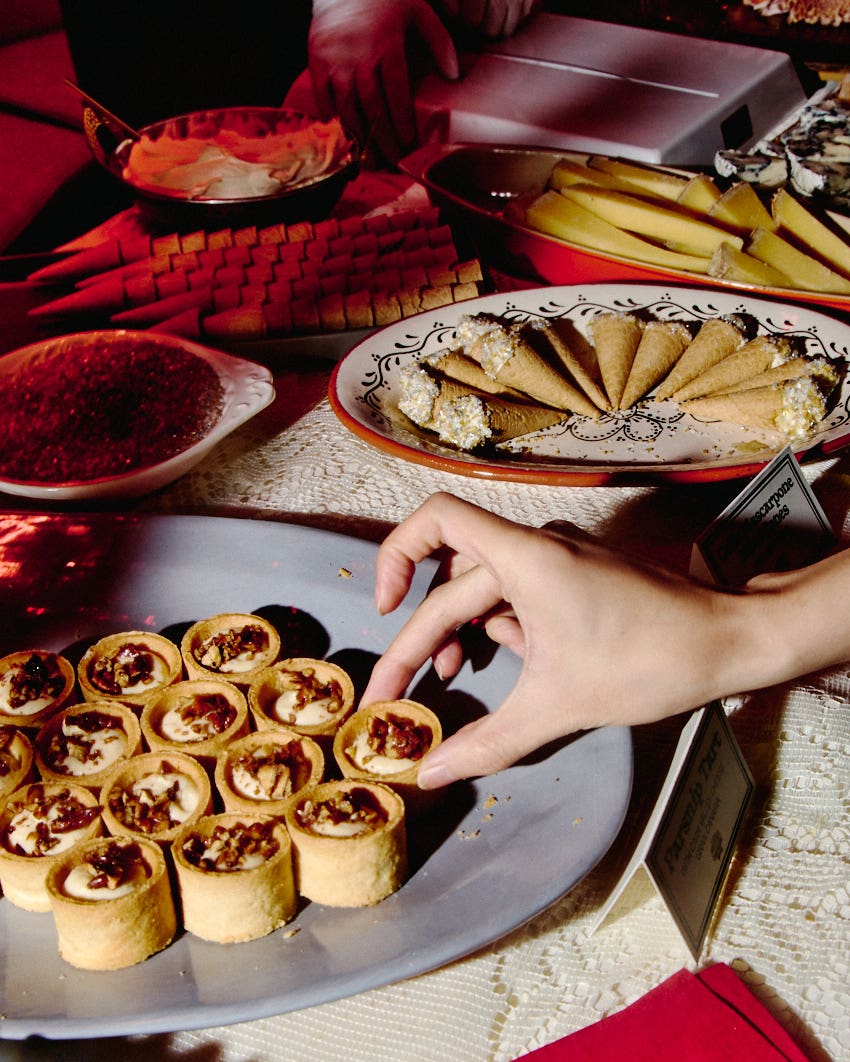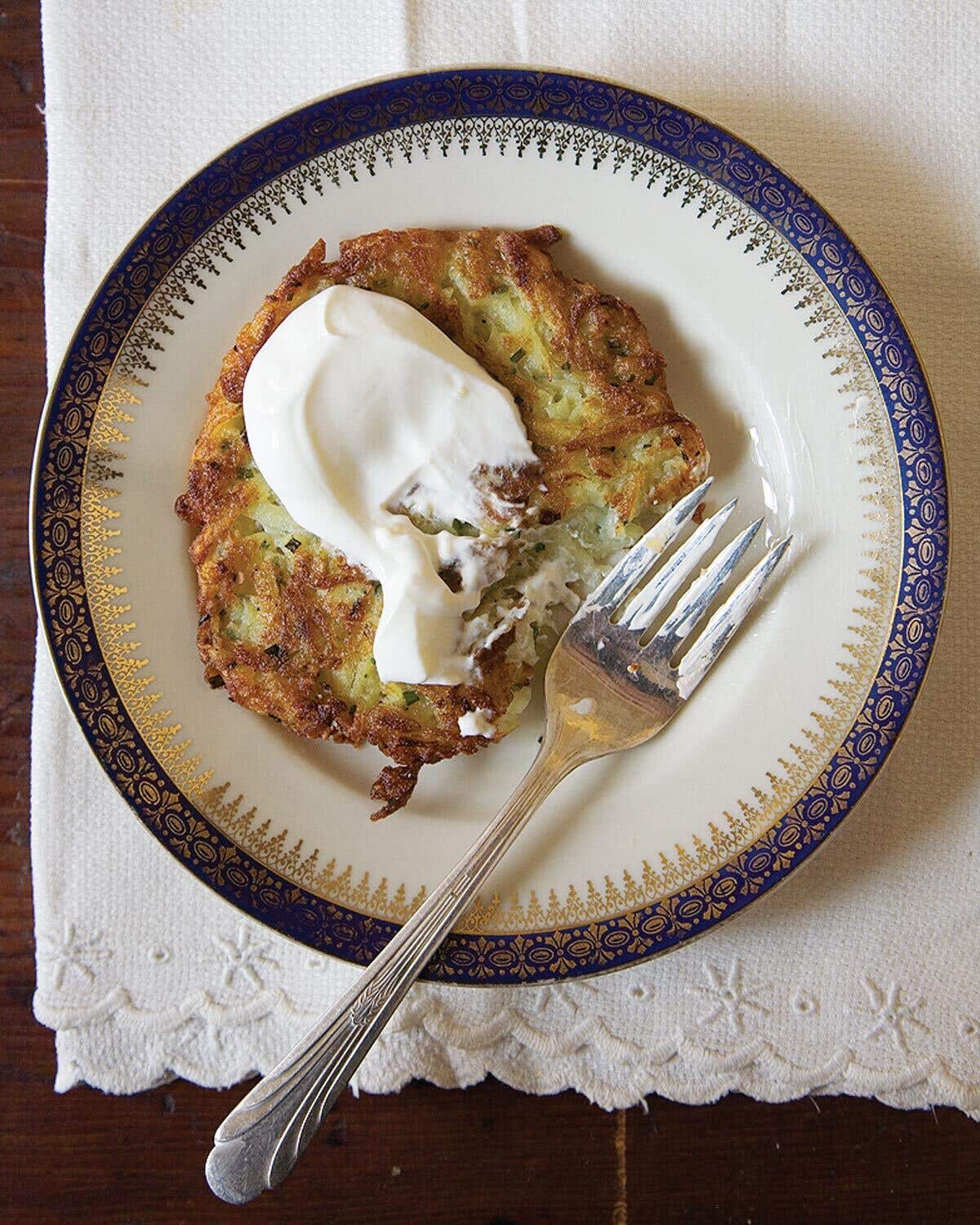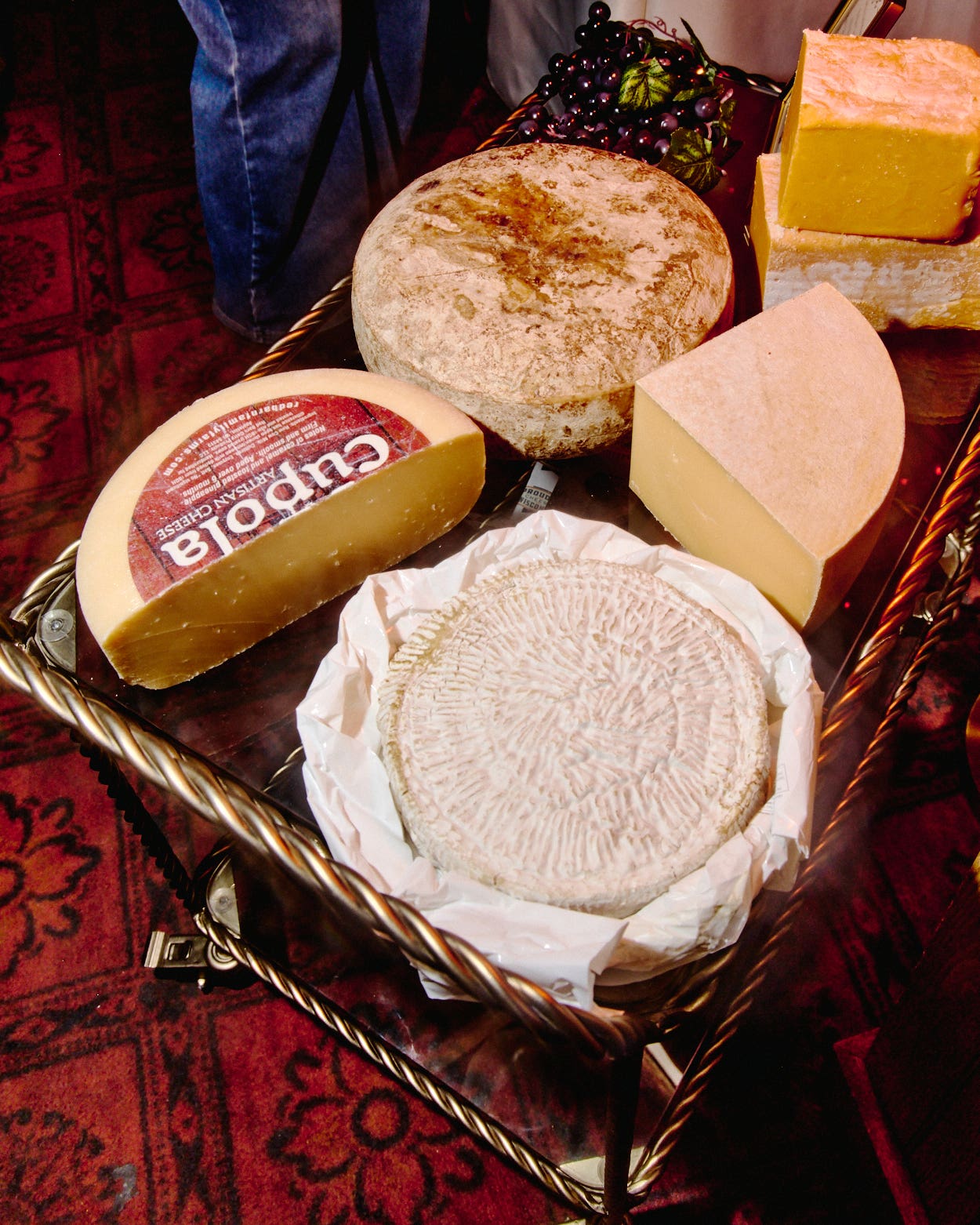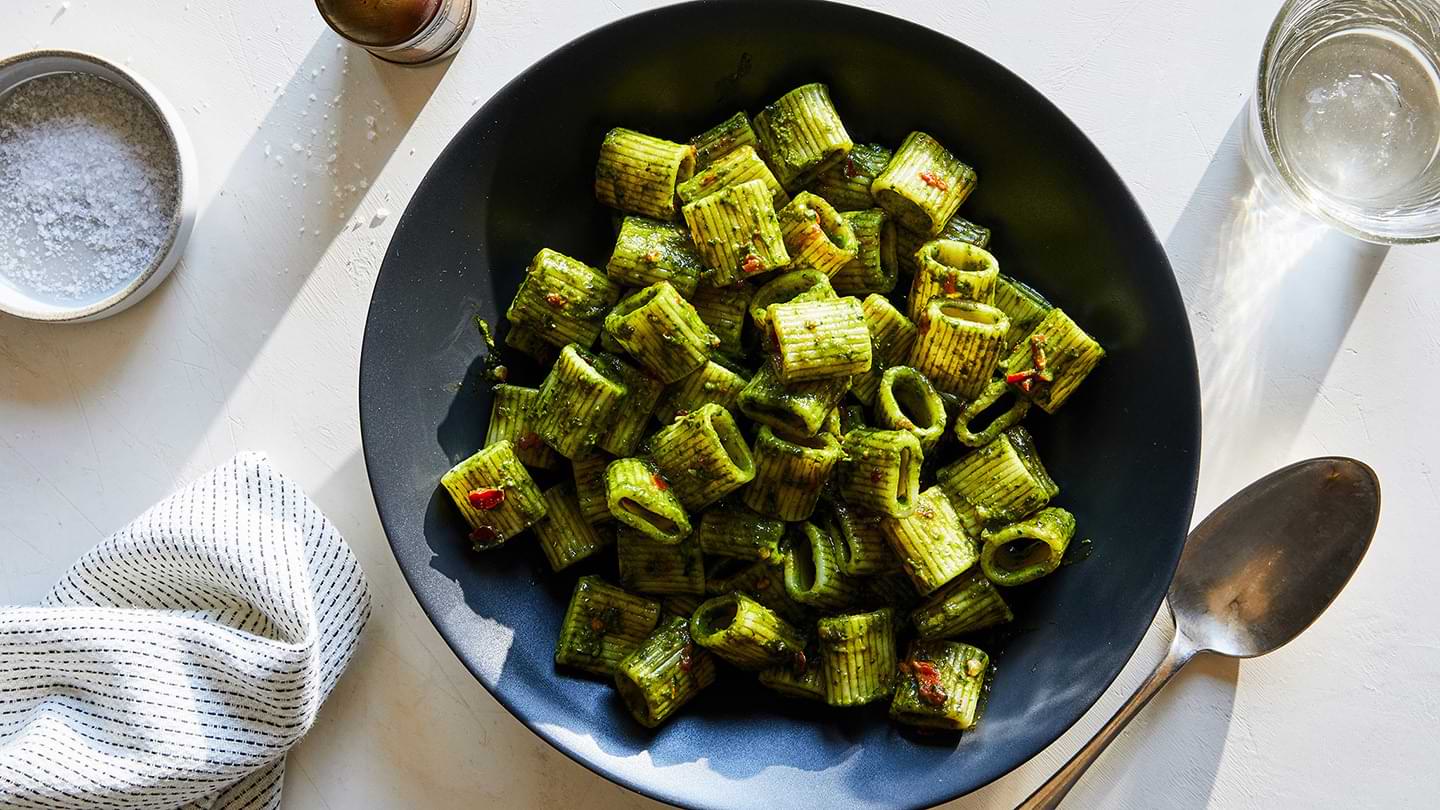
Why Grana Padano PDO and Prosciutto di Parma PDO Couldn’t Be Made Anywhere Else
The two beloved foods are the results of centuries-long ties between geography and tradition.

Two of Europe’s most treasured foods are distinct products of time and terroir. Grana Padano PDO, the storied hard cheese, and Prosciutto di Parma PDO, the world-famous cured ham, represent more than mere ingredients: They embody the deep connection between landscape and tradition, and the slow transformation that defines the region’s greatest culinary achievements.
In the case of Grana Padano, Cistercian monks at Chiaravalle Abbey near Milan faced a pressing challenge around the 12th century C.E.: how to preserve surplus milk from their expanding dairy operations in the reclaimed marshlands of the Po Valley. Their solution—a hard, aged cheese designed for long-term storage—would become that world-renowned Grana Padano of today. Centuries before, just south in the hills around Parma, meats preserved with techniques that date to before the Roman Empire were slowly refined into what would become Prosciutto di Parma.

The Geography of Flavor
The Po Valley’s unique position, cradled between the Alps and Apennines, creates a microclimate that shapes both products. For Grana Padano, the vast plain provides the specific environmental conditions—plentiful rains and rich soils—that foster the cheese’s distinctive character. The region’s natural spring system, known as the “fontanili line,” delivers pure water that’s essential for both cattle husbandry and cheese production.
Prosciutto di Parma’s terroir is even more precisely defined, confined to the hills south of Via Emilia and within sight of Parma’s cathedral dome. Here, an extraordinary convergence of air currents creates ideal conditions. Sea breezes from the Tyrrhenian coast mingle with crisp mountain air from the Apennines, passing through olive groves, chestnut woods, and the pine forests of Val di Magra before reaching Langhirano’s prosciutto houses. This unique atmospheric alchemy—neither too humid nor too hot—enables the natural process that transforms pork into silky ribbons of cured meat.

Guardians of Traditional Knowledge
The production methods for both foods remain faithful to their ancestral origins. Grana Padano begins its journey in traditional bell-shaped copper cauldrons, in which partially skimmed milk undergoes careful coagulation with natural whey starter and calf rennet. Master cheesemakers break the curd with giant whisks called "spinos", which create rice grain-sized pieces responsible for the cheese’s characteristic granular texture. The careful dance of temperature control and the patient aging process in regulated environments (from 9 to over 20 months) creates wheels that capture the essence of the Po Valley’s pastoral abundance.
Prosciutto di Parma’s transformation is equally precise, relying on just four ingredients: pork, salt, air, and time. Master salt specialists, or maestri salatori, hand-rub each 30-pound leg with sea salt, using their hard-earned expertise to determine exact application based on the individual characteristics of the meat. Next comes a minimum 400 days of aging, while some hams mature for up to three years. This occurs in carefully ventilated rooms, where producers have traditionally controlled the environment by opening and closing windows according to external conditions, a practice now enhanced by modern technology.

The Stamp of Authenticity
The Protected Designation of Origin (PDO) certification, awarded to both products in 1996, represents far more than marketing distinction—it’s a sophisticated preservation system for traditional food production. Under European Union regulations, PDO status demands complete geographical integration, requiring every stage of production, processing, and preparation to occur within defined geographical areas.
For Grana Padano, detailed specifications govern everything from cattle feed (a minimum 75 percent of fodder must originate within the PDO zone) to technical chemical parameters like moisture content (59.0–63.5 percent) and proteolysis index (24.0–31.0 percent). At nine months of aging, quality controllers also use traditional methods like tapping with a hammer and sometimes probing with a steel needle to ensure only wheels meeting stringent standards receive the distinctive fire-branded mark.
Prosciutto di Parma’s PDO specifications are equally exacting, mandating specific pig breeds, detailed feed regulations, and complete traceability from birth through the final Ducal Crown certification mark applied by inspectors to finished hams that pass inspection.
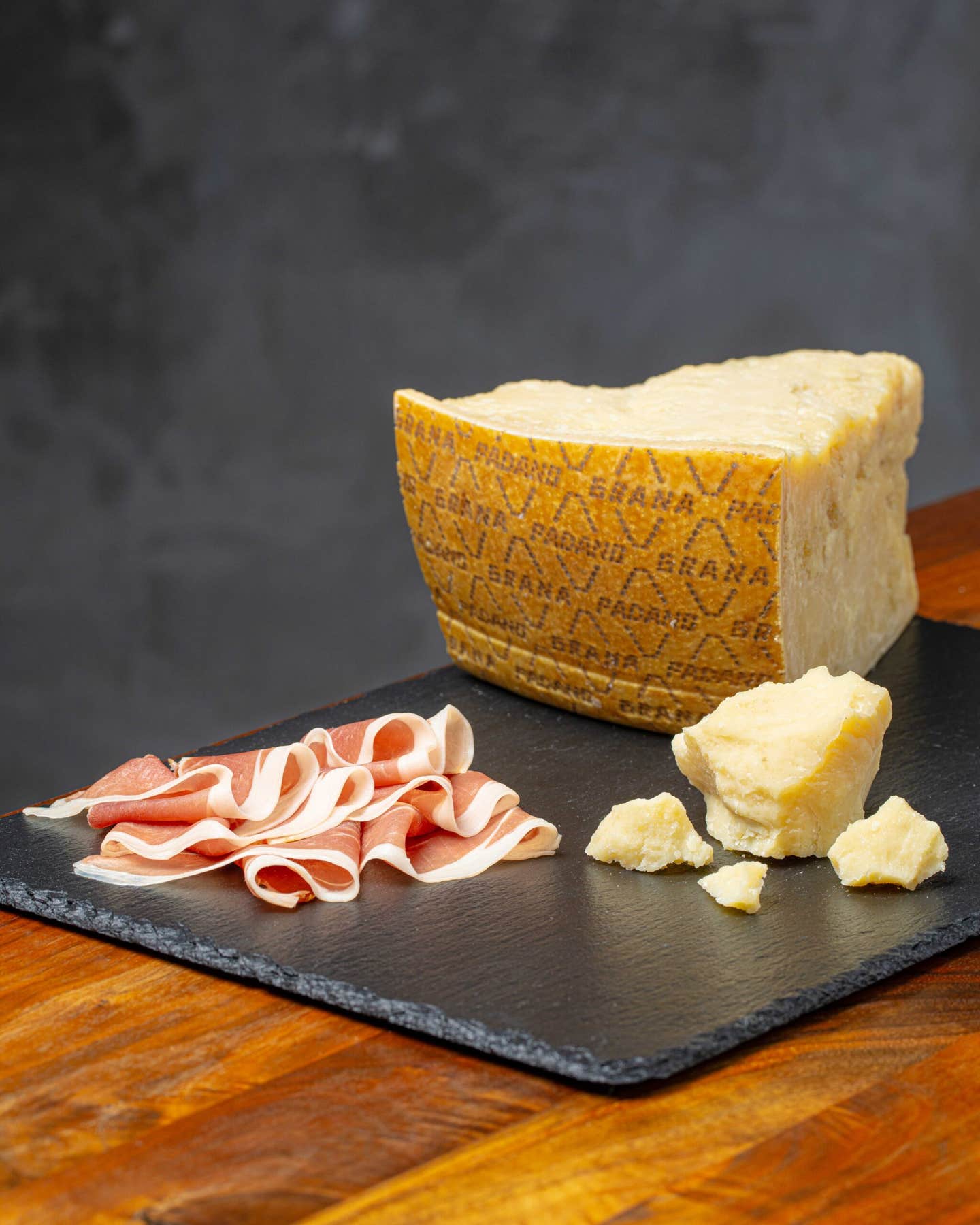
Today, approximately 135 factories across the Po Valley produce over 5.6 million Grana Padano wheels (each weighing almost 80 pounds) while 126 companies in the Parma hills craft nearly 7 million hams annually. This ecosystem has the potential to connect food lovers worldwide to centuries of accumulated wisdom.
In every crystallized hunk of Grana Padano and every paper-thin slice of rose-colored Prosciutto di Parma lies the taste of a specific place—where ancient craft meets geography, and where patient transformation creates something irreplaceable.
Head to DistinctlyDeliciouslyEuropean.eu to learn more about Grana Padano PDO and Prosciutto di Parma PDO.
Funded by the European Union. Views and opinions expressed are those of the author(s) only and do not necessarily reflect those of the European Union or of the granting authority. Neither the European Union nor the granting authority can be held responsible for them.
